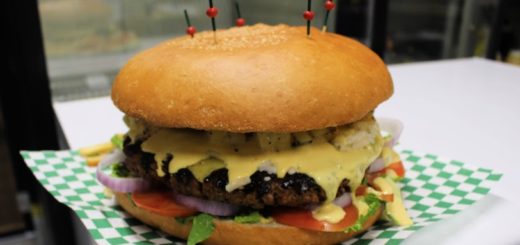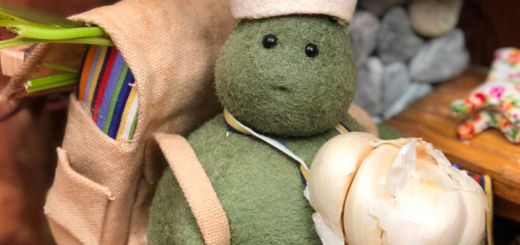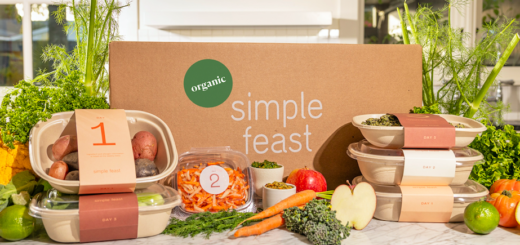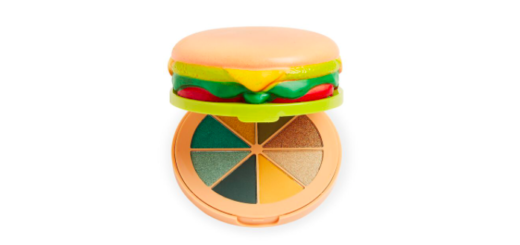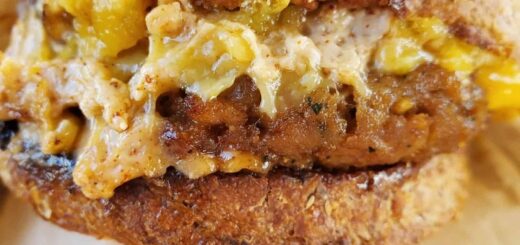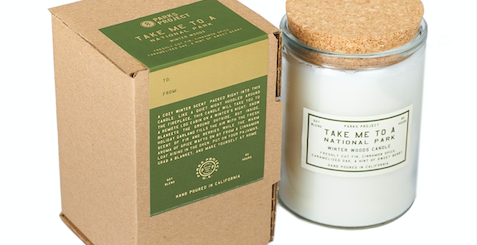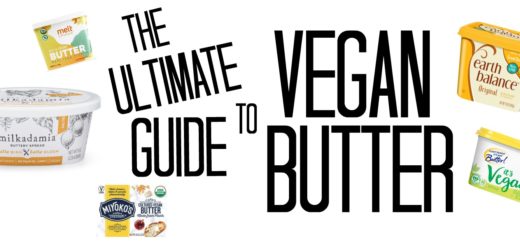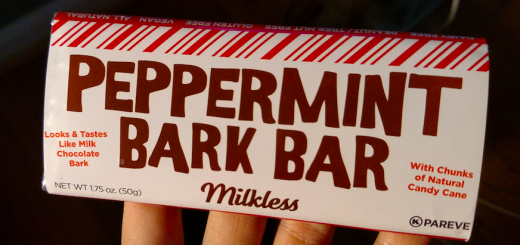Want Better Skin? Science Says Ditch Dairy

As anyone who’s experienced it would agree, acne can be pretty unpleasant. It’s the most common skin disease in the U.S., so plenty of people understand the angst of a blemished complexion.
Among American adolescents alone, 80-90% experience some form of acne.
Despite the prevalence of this epidermis issue, few doctors ever discuss diets with their patients. But according to science, if you want gorgeous, glowing skin, ditching dairy might be the key! A growing body of evidence points to cow’s milk as the culprit for skin issues.
Here’s why: because cow’s milk is growth fluid for baby cows, it contains hormones like IGF-1, insulin, estrogen and progesterone. These hormones stimulate the human body to overproduce its own hormones. This can trigger the release of sebum, an oily substance in the skin that can clog pores and create acne.
There are lots of studies pointing to the link, including a 2005 study involving more than 47,000 nurses which found cow’s milk products were associated with self-reported acne in teenagers.
“Removing dairy is the first and most important dietary change you should make to prevent and treat acne,” says Dr. Jackie Busse, MD, Pediatrician.
The nonprofit PlantPure Communities (PPC) in collaboration with the T. Colin Campbell Center for Nutrition Studies (CNS) has a new campaign to raise awareness and educate people of the science around this issue: “Ditch Dairy for Clearer Skin.”
So why is there so much misinformation around dairy?
“The dairy industry, propped up by government, has convinced us of the health benefits of milk and other dairy products,” says Jill Edwards, MS, CEP, Director of Education for CNS.
“During the 1990s and early 2000s, it was impossible to open up a magazine without seeing the milk-mustache face of a celebrity. The ‘Got Milk?’ ads helped drive demand for dairy products at a time when fluid milk consumption was at its lowest point in decades.”
She adds that the U.S. Department of Agriculture’s dietary guidelines still recommend three servings of dairy a day, despite the fact that one in four Americans can’t digest milk.
“New evidence also shows that drinking lots of milk doesn’t protect against bone fractures and may be linked to certain types of cancer. And all the ‘good stuff’ in milk — calcium, potassium, and protein — can be found in greater amounts in foods like broccoli, kale, and black beans. However, these foods are at a disadvantage when it comes to competing against dairy. They don’t have trade groups giving millions to members of Congress and lobbying for influence over the nation’s nutrition policy.”
If you’re looking to start phasing out dairy in your diet, Edwards recommends adding more plant-based foods in order to transition. Load up on those fruits and veggies!
“Changing your milk is the easiest first step of phasing out dairy,” she adds. “There are many varieties and flavors of non-dairy milks that are made from soy, rice, almond, hemp, etc. Be sure to read the label and choose products with no added sugar or oils.”
Follow harm.less on Instagram, Twitter, and Facebook for conscious, cruelty-free food, travel, fashion, and above all: FUN. 

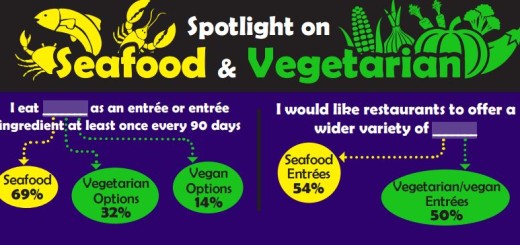

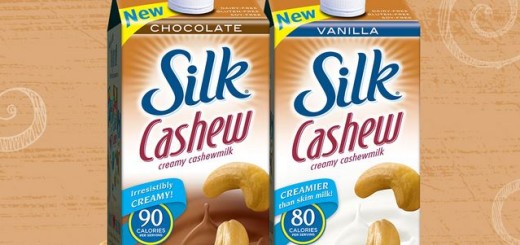













 @joshuatreenps
@joshuatreenps
















